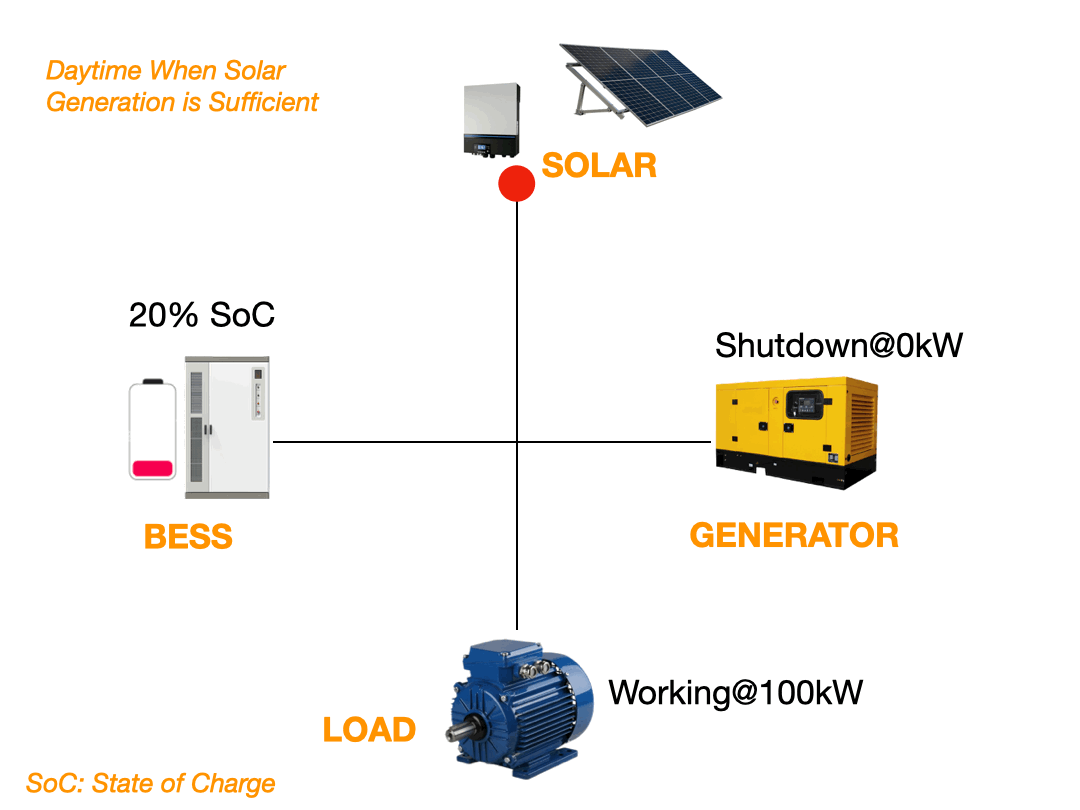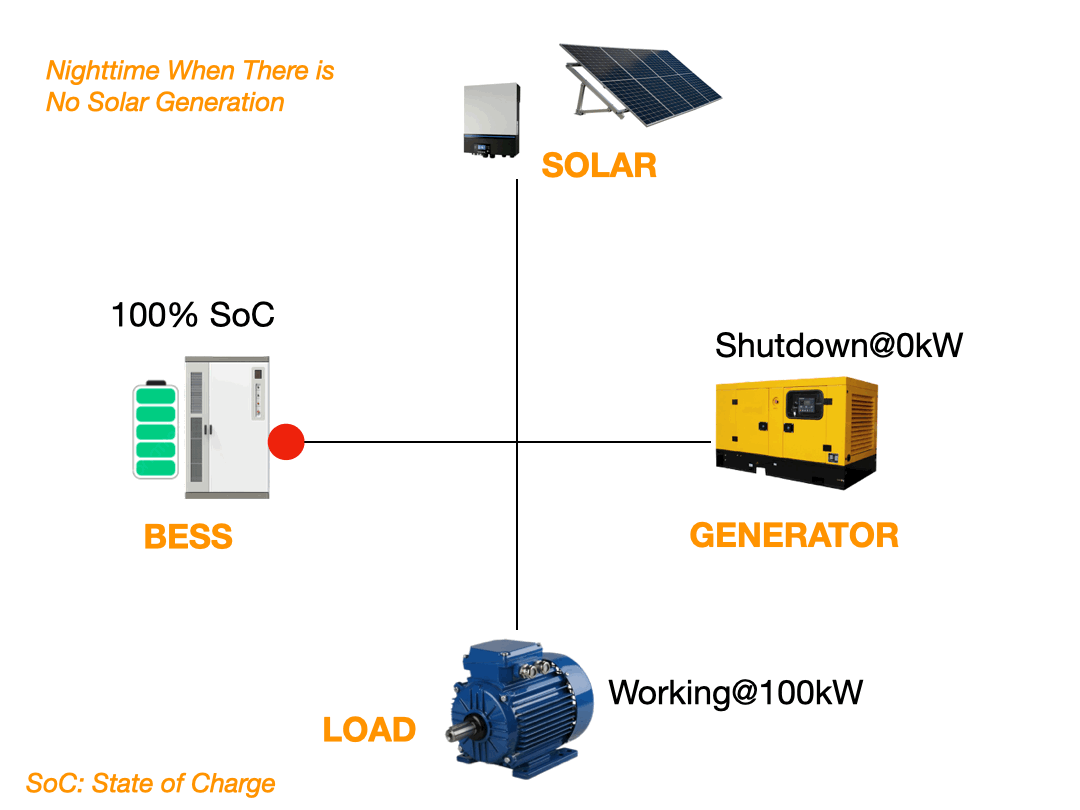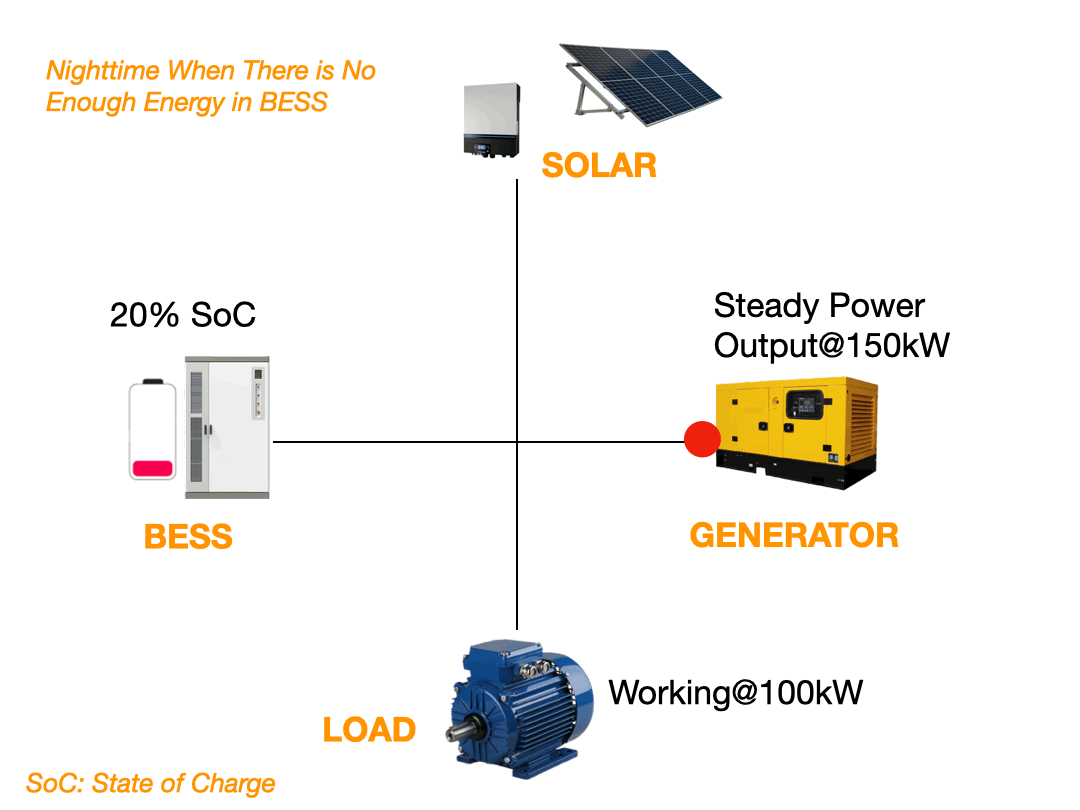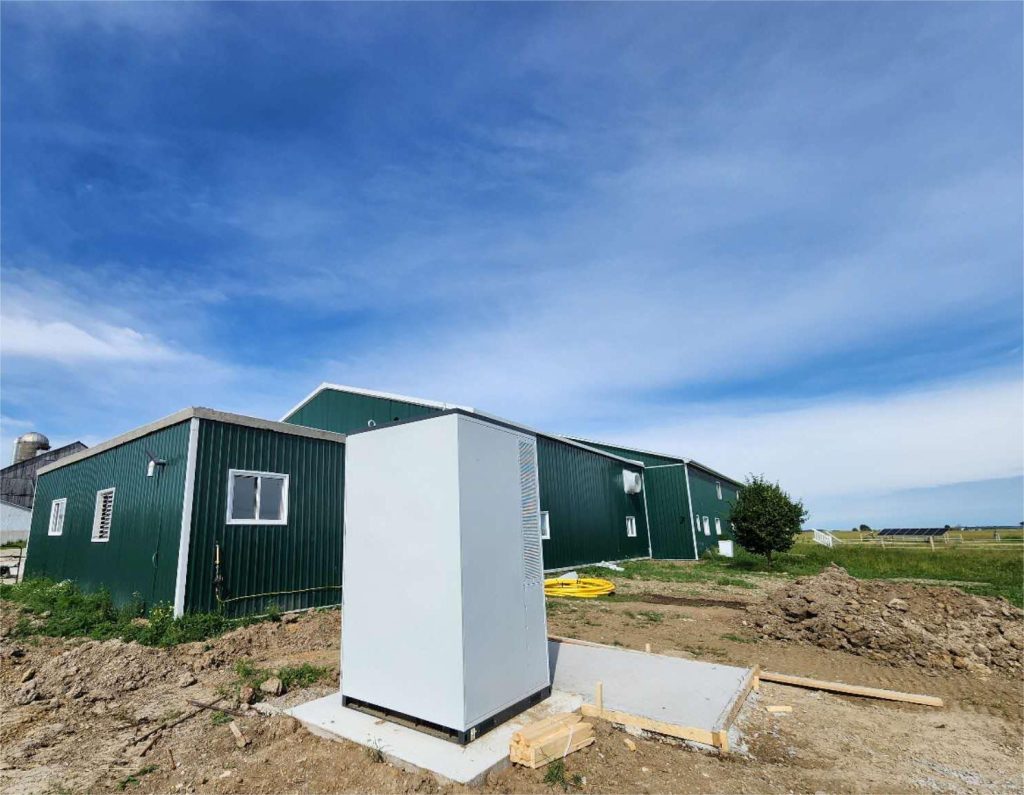
Voltafan supports Ontario's manufacturing industry in achieving efficient energy management and conservation.
Recently, Voltafan successfully launched a BESS energy management project at a local manufacturing plant in Ontario. This project includes a signature solar power system, BESS, and EMS(Energy Management System). Voltafan seamlessly integrated these with the client's existing backup generator and electrical equipment, meeting the client's requirements for efficient energy management and cost savings in energy expenses.
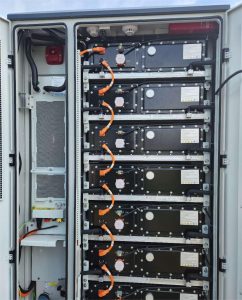
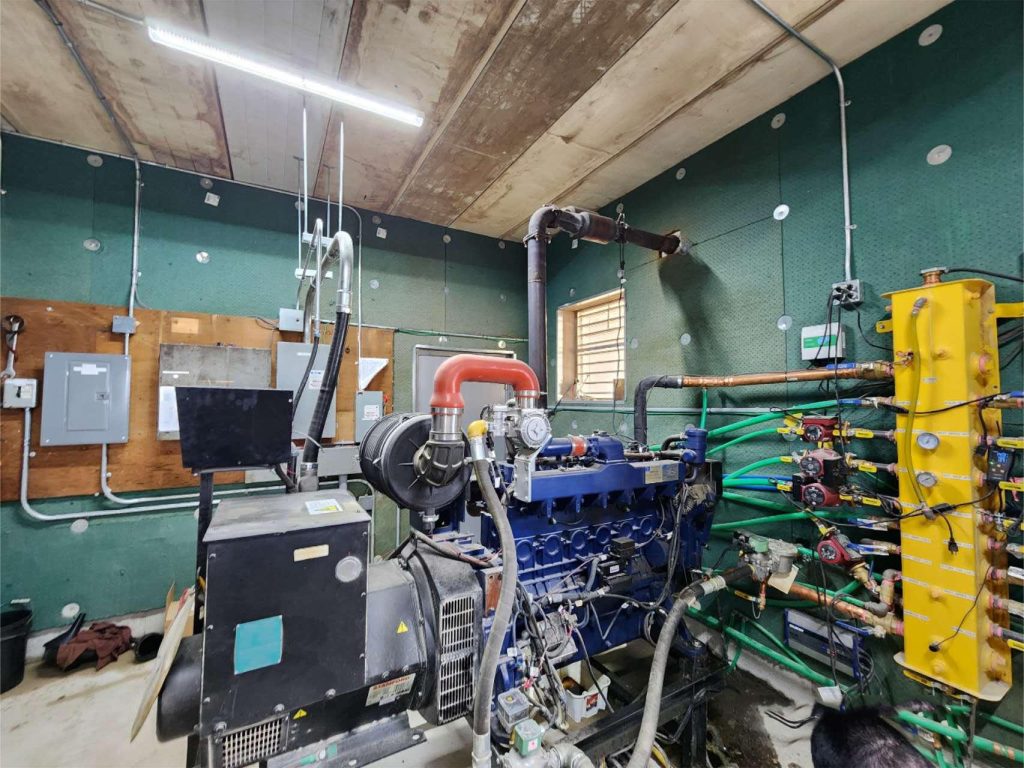
The client is a small manufacturing facility in Ontario, operating 10 hours per day. The maximum load reaches 100kW, with an average daily load of around 30kW. Previously, the facility relied solely on a gas generator to provide continuous power during operating hours.
Phase-1
The project is divided into two phases. In Phase 1, a BESS (Battery Energy Storage System) was integrated with the generator. The generator now operates at peak efficiency, simultaneously supplying power to the facility and charging the BESS. Once the BESS is fully charged, the generator can be shut down, and the BESS takes over powering the facility until it reaches a certain threshold. At that point, the generator automatically restarts to recharge the BESS. This approach significantly reduces gas consumption.
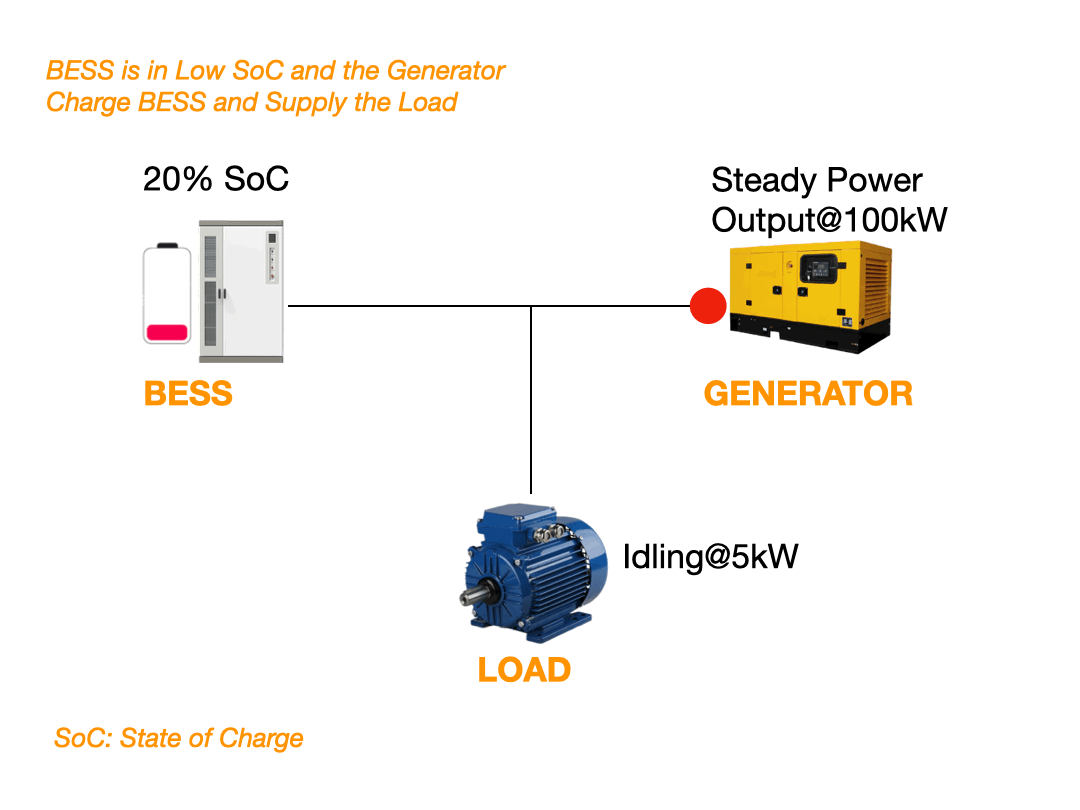
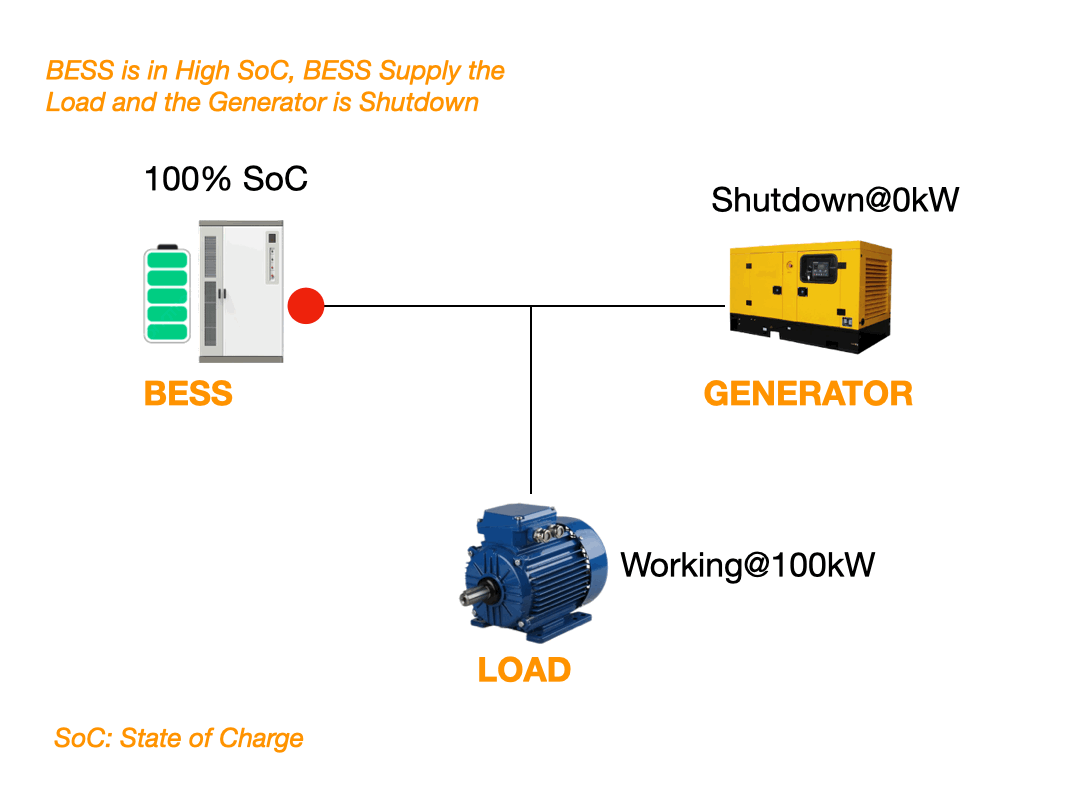
Phase-2
In Phase 2, the client added solar panels as the primary power generation source. When solar generation is insufficient and the BESS's state of charge (SoC) is low, the generator automatically starts to recharge the BESS and supply power to the facility simultaneously. For most of the time, the BESS remains inactive unless needed to supplement power.
